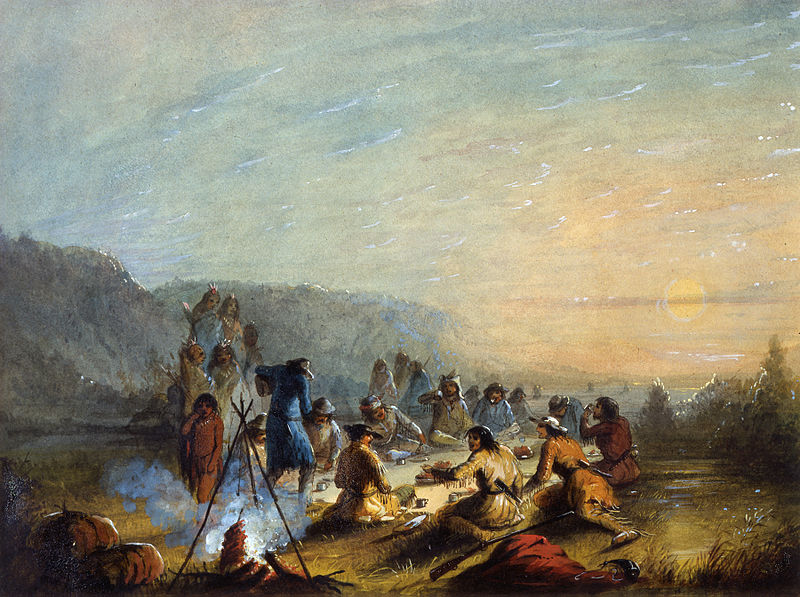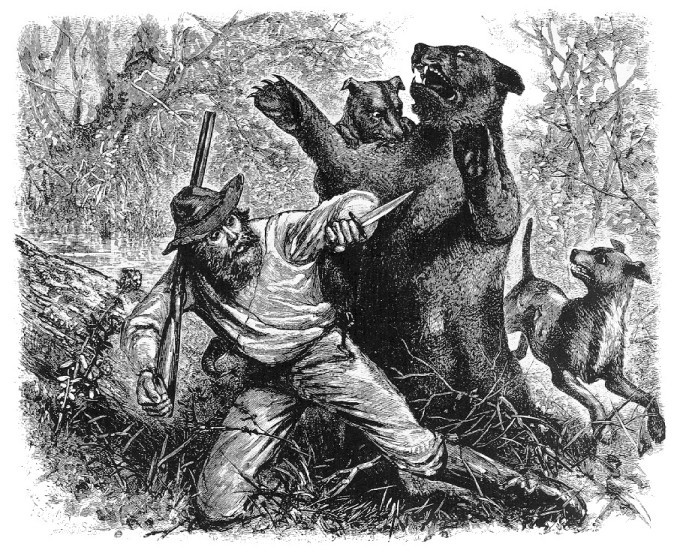Hugh Glass – renegade, adventurer and survivor
In the 2015 film, ‘The Revenant’, Leonardo de Caprio played the role of Hugh Glass. The film was based on the true-life story of the life of Hugh Glass, adventurer, survivor and mountain man driven by revenge but swayed by mercy at the end.
The story started when General William Ashley wanted to enter politics in 1822. Lacking the money required to back his bid for election, he set out to earn the funds needed as quickly as possible. He turned his eye to trapping and recruited one hundred men with the aim of trapping beaver and other valuable pelts, all along the Missouri River. To this end, Ashley created the Rocky Mountain Fur Company and recruited his one hundred trappers, giving rise to the common name of the company; ‘Ashely’s Hundred’.
These men traded and trapped along the Green River through Wyoming and Utah, over 50 years before the famed expedition of John Wesley Powell. They accounted for massive numbers of beaver pelts, irrevocably altering the population of beaver in the region.
One of Ashley’s Hundred, was an adventurer Hugh Glass. Glass was born in 1783 in Pennsylvania to Scots-Irish parents. Little is known of his early life before he joined Ashley’s Hundred in 1822, in the watershed of the Missouri River, Dakota and the Platte River in Nebraska.
Glass was a skilled adventurer and mountain man. He had exemplary trapping skills and was partnered with John FitzGerald and Jim Bridger. On a scouting trip, he surprised a grizzly sow with two cubs, and she attacked him inflicting serious wounds; Glass had a broken leg and deep lacerations on his back and over his ribs. He fought off the bear, and when his partners found him, they helped kill the bear, and then sat on a death watch over Glass as they were convinced that he was dying.
His partners started digging his grave when they were chased off by a group of Arikara Indians. FitzGerald and Bridger fled, leaving Glass on his own. Glass was furious with his partners and vowed vengeance on them. His desire to see them pay for abandoning him was so great that it gave him the incentive to strike out for Fort Kiowa, 200 miles away.

The legend tells that Glass splinted his leg and started to hobble and crawl his way to Fort Kiowa. His wounds were poorly treated, and with the conditions he was living under, the lacerations became infected. To keep gangrene at bay, Glass lay over rotten logs to encourage maggots to clean off the dead flesh that was causing the infection. While the Arikara Indians were hostile, many friendlier tribes assisted Glass on his epic trek by providing assistance in the form of arms, food, and shelter. Six weeks later he staggered onto the banks of the Cheyenne River, where he built a raft and floated downriver to Fort Kiowa.
He arrived in Fort Kiowa, thirsting for revenge, but then the story takes a strange turn. Glass found Bridger but instead of slaughtering him as he had threatened, he forgave him as Bridger was only 19 at the time he abandoned Glass. He then traced FitzGerald to the US Army, but decided not to kill him as the penalty for killing a soldier was too great. Glass did recover his rifle from FitzGerald, however, and he continued trapping until he was killed, in 1833, by Arikara Indians in the Yellowstone Park area.
How much of this story is fact and how much has been embellished it is impossible to say as there is no written record from Glass himself. Records from Ashley’s Hundred reveal that Glass was a difficult man with whom to deal, but it is true that he was left for dead and did make it back to civilization, but beyond that, it’s difficult to tell.

The first time this story was written about was in the newspaper The Portfolio, a journal published in Philadelphia. It was then syndicated to numerous newspapers across the country. In 1915, John Neihardt wrote a poem, “The Song of Hugh Glass” which was based upon the original account, and Frederick Manfred wrote a book, Lord Grizzly, which was published in 1954. Neither the poem nor the book was based on any verifiable evidence, and it is certain that a great deal of this story has grown to legend status over the years.
This story was bound to come to the attention of the movie moguls in Hollywood, and in 1970 the first film was made, Man in the Wilderness, starring Richard Harris. More recently, Leonardo di Caprio starred in The Revenant, which was released in 2015.
No matter how much of the tale has become embellished over time, it is still a striking story of survival and an epic trek back to civilization.
If you have any comments then please drop us a message on our Outdoor Revival Facebook page
If you have a good story to tell or blog let us know about it on our FB page, we’re also happy for article or review submissions, we’d love to hear from you.
We live in a beautiful world, get out there and enjoy it.
Outdoor Revival – Reconnecting us all with the Outdoor





